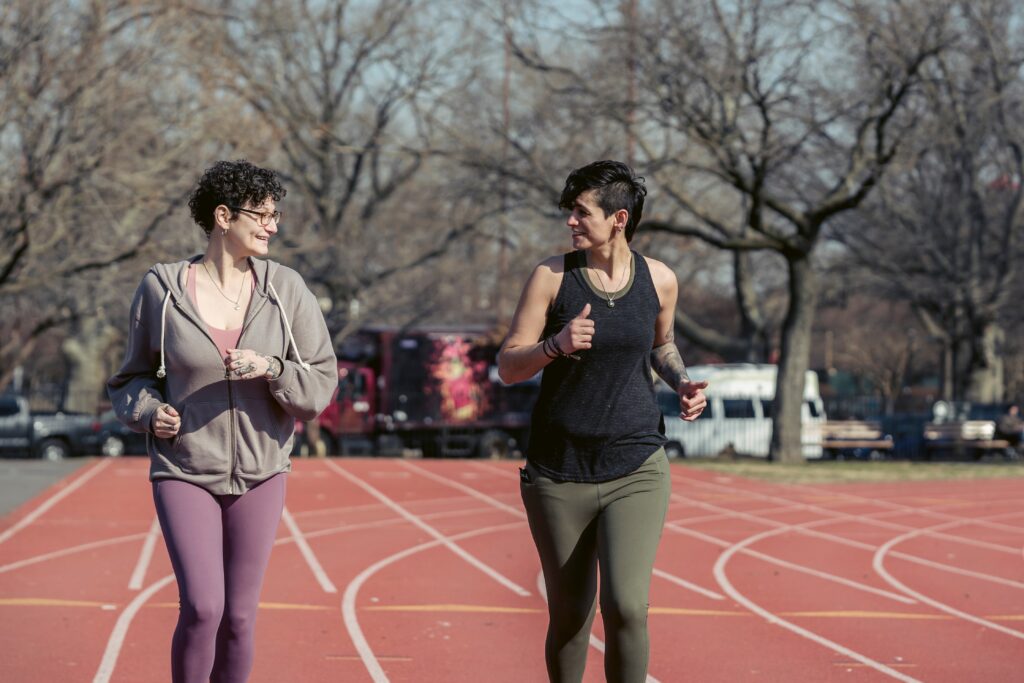
Higher physical activity and less time spent sitting and watching TV was associated with a significantly lower risk of developing obstructive sleep apnea.1
But is the converse true? And does that mean more COVID cases=more OSA diagnoses?
The results from a recent study that appeared in the European Respiratory Journal looked at “the potential role of maintaining an active lifestyle in reducing [OSA] incidence.”2 The authors concluded that “being more active and spending less time sitting while watching television are behaviors linked to a lower risk of developing OSA.”2
As the United States and other countries see rising rates of COVID-19 infection (particularly from the Delta variant), more travel restrictions may be on the horizon, which could mean more of the risks associated with OSA. Certainly, during COVID-related shutdowns, people were more likely to stay home and spend time in front of a monitor (for work or otherwise). If this is on the horizon, what effect may it have on OSA?
Researchers from Brigham and Women’s Hospital and Harvard Medical School in Boston, MA and Johns Hopkins Bloomberg School of Public Health in Baltimore, MD and other institutions2
“evaluated the independent and joint associations of physical activity and sedentary behavior with risk of incident OSA in three ongoing prospective cohort studies of US healthcare professionals: the Nurses’ Health Study (NHS), Nurses’ Health Study II (NHS II), and Health Professionals Follow-up Study (HPFS).”1
The authors hypothesized that “(1) physical activity and sedentary behavior were independently associated with OSA incidence, (2) the observed associations were partly explained by metabolic dysfunction and body fluid retention, and (3) physical inactivity
interacted synergistically with sedentary behavior to influence OSA incidence.”1
In the analysis, “50,332 women from NHS (2002-2012), 68,265 women from NHS II (1995-2013), and 19,320 men (1996-2012) from HPFS were prospectively followed and assessed via questionnaires every two to four years for recreational physical activity, measured by metabolic equivalent of task (MET)—hours/week, and sitting time spent watching TV and at work/away from home.”1
Based on “follow-up, 8733 incident cases of OSA were found across the study cohort. In their findings, participants who spent the least amount of time per week (<4.0 hours) sitting watching TV were shown to be 78% less likely to develop OSA than those who spent at least 28 hours per week (pooled multivariable-adjusted HR, 1.49; 95% CI, 1.60-1.98; P trend <.001.”1
In comparison, “people who spent the most sedentary time at work/away from home were 49% more likely than those with the least time to develop the condition (pooled multivariable-adjusted HR, 1.49; 95% CI, 1.38-1.62; P trend <.001.”1
In a statement, Tianyi Huang, ScD, MSc, assistant professor of Medicine, Harvard Medical School, and associate epidemiologist, Brigham and Women’s Hospital, said, “We saw a clear relationship between levels of physical activity, sedentary behavior, and OSA risk. People who followed the current World Health Organization physical activity guidelines of getting at least 150 minutes of moderate activity per week, and who spent less than four hours per day sitting watching TV, had substantially lower OSA risk.”1
Huang also stated, as many others have, that “OSA is highly underdiagnosed.”2 With 1 billion adults aged 30 to 69 years estimated to be affected by mild to severe OSA worldwide, several risk factors have been implicated in the pathogenesis of the condition, which include obesity, systemic inflammation, and insulin resistance.1
That number—1 billion—reinforces the critical need for ongoing screening and diagnosis testing for OSA, by polysomnography or home sleep apnea tests (HSATs).
The effect of the current rise in COVID cases on OSA remains to be seen. Restrictions on travel and gathering, whether voluntary or mandated, should mean an increased effort to get as much exercise as is safely possible—such as walking indoors, using home gym equipment—and as one’s physician suggests or approves.
REFERENCE:
1
Liu Y, Yang L, Stampfer MJ, Redline S, Tworoger SS, Huang T. Physical activity, sedentary behavior, and incidence of obstructive sleep apnea in three prospective US cohorts. Eur Respir J. Published online July 21, 2021. doi:10.1183/13993003.00606-2021. https://www.ajmc.com/view/obstructive-sleep-apnea-linked-with-accelerated-vascular-aging-cvd-risk
2
Keifer, D. Sleep apnea: Exercise and cutting TV time cut risk. Medical News Today. Aug 3, 2021.https://www.medicalnewstoday.com/articles/sleep-apnea-exercise-and-cutting-tv-time-reduce-risk
